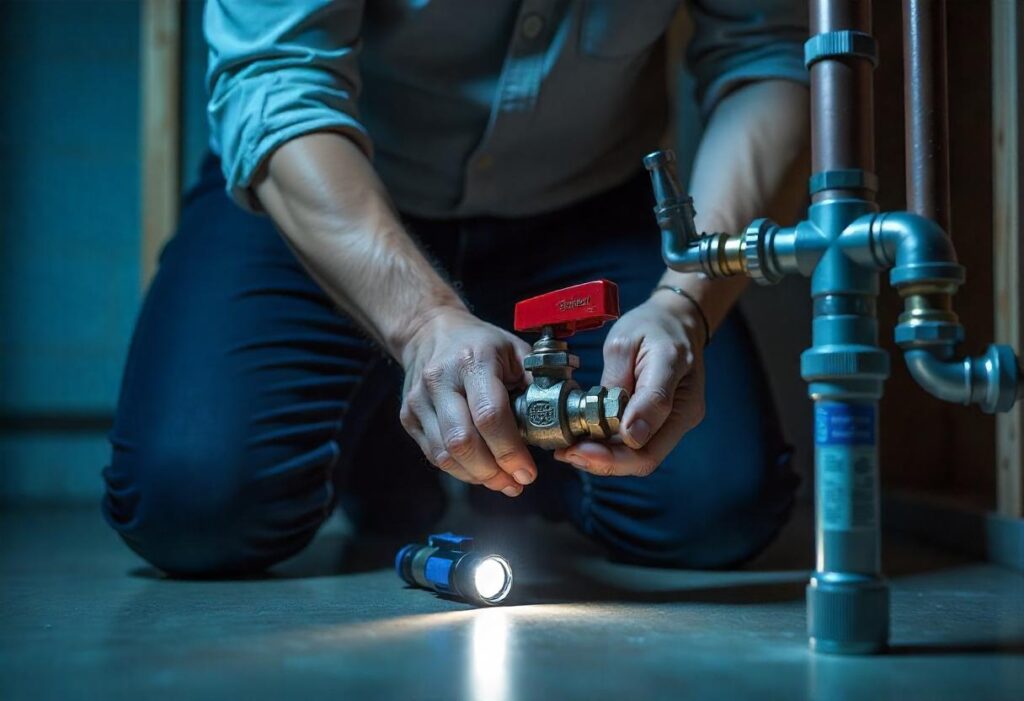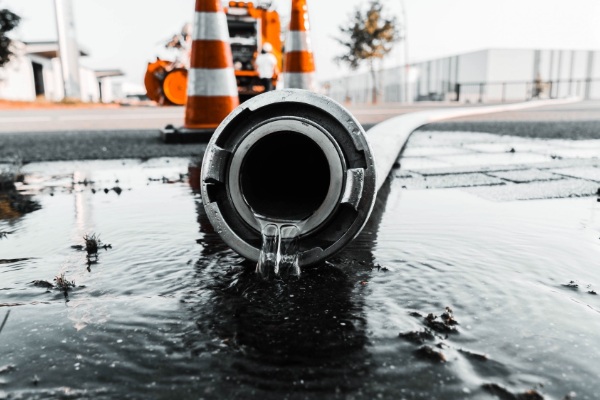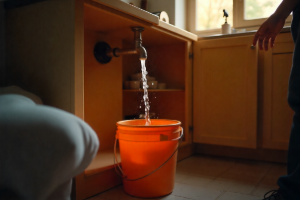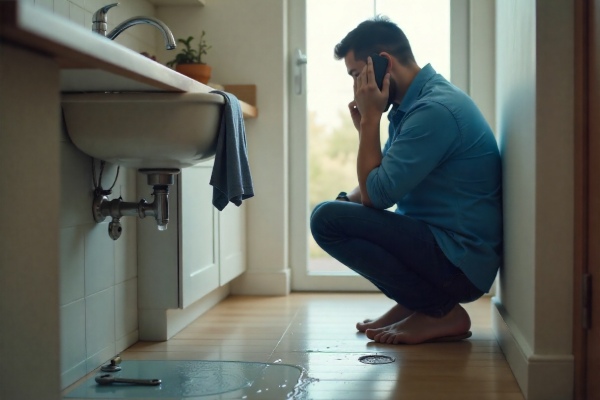Whether you’re dealing with a plumbing emergency or planning maintenance, knowing how to shut off your home’s water supply is essential. Quick action can prevent costly water damage and protect your property. In this guide, we’ll walk you through when, why, and how to safely turn off the water—and when to call a professional.
Why You Might Need to Shut Off the Water
There are many situations where turning off your water supply is necessary:
- Burst or leaking pipes
- Clogged drains
- Fixture replacements or home renovations
- Preparing your home for long absences or freezing weather
- Water heater issues
In emergencies like burst pipes, knowing how to shut off your water fast can minimize the damage.
Tools You May Need
Most water shut-off valves can be turned by hand, but sometimes you’ll need:
- Adjustable wrench or pliers
- Flashlight (especially for basements or utility closets)
- Curb key (for turning off water at the street)
- Gloves for outdoor or crawl space access
Step-by-Step Instructions
Locate the Main Shut-Off Valve
Your main shut-off valve is typically found:
- Where the water line enters your home
- Near the water heater or under a crawl space
- On an exterior wall (in warmer climates)
For homeowners unfamiliar with plumbing layouts, our basic plumbing repairs guide is a good place to start.
Identify Valve Type (Ball or Gate Valve)
There are two common valve types:
- Ball valves (lever handle): Turn 90 degrees clockwise.
- Gate valves (round handle): Turn clockwise multiple times.
Turn Off the Valve
- Slowly turn the handle to close the valve. Avoid forcing it—especially if it’s old or corroded.
- Open a faucet to release built-up pressure and confirm the water has stopped.
Check That the Water Has Stopped
To verify:
- Run a faucet at the lowest point in your home
- Flush a toilet or check if any water flows
If water continues running or pressure remains, it may be time to diagnose your plumbing problems or contact a licensed plumber.
Turning Off Water at the Street (Curb Stop)
If your main shut-off valve isn’t working or accessible, you can turn off the supply at the curb stop, typically located under a metal cover near the street.
Note: In some regions, only utility professionals are permitted to access this.
If permitted:
- Use a curb key to turn the valve 180 degrees
- Confirm by checking indoor faucets
Tips for Homeowners
- Tag your shut-off valve clearly
- Review this guide annually, especially before winter
- Share this info with household members
- For more home care advice, visit our plumbing blog
If your issue involves urgent plumbing repairs or you can’t locate the valve, get professional help right away.
When to Call a Plumber
Contact a professional if:
- Your valve is rusted, leaking, or broken
- You need to shut off water at the street and lack the right tools
- You have a complex issue like a clogged toilet or drain blockage
- You’re unsure how to manage a plumbing emergency
To ensure quality work at a fair price, check out our guide on how to find a good plumber in Ontario or learn how to choose an affordable plumbing company.





